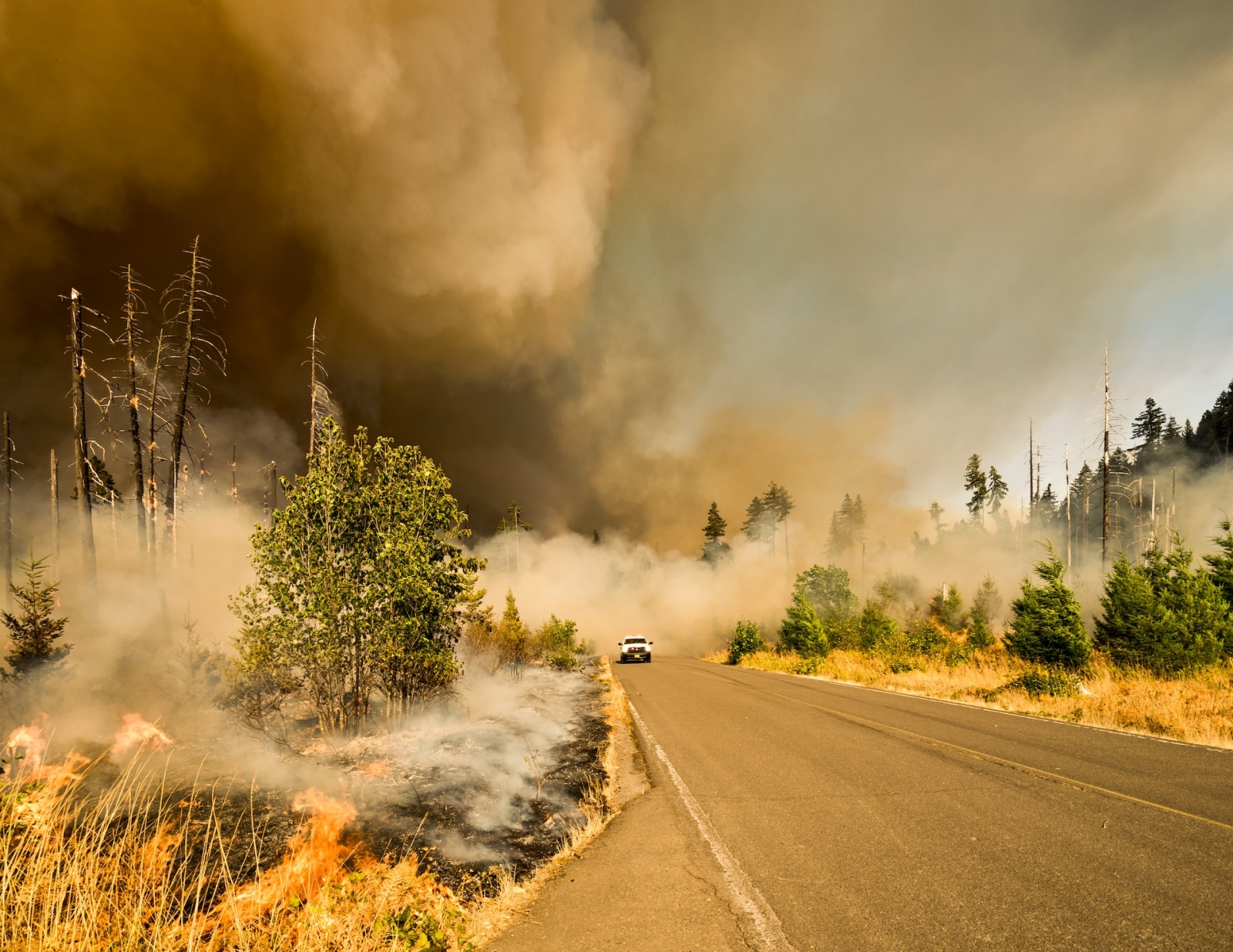Climate change is here and now. And taking action means investing in resilience. That is the summary of the statement issued by the White House on June 19th and a harbinger of new endowments. In the United States, over the past two years, well over 100 million people have, in fact, been directly affected by extreme weather/climate events. There is no shortage of examples, including very recent ones: from the heat wave that hit Puerto Rico a few weeks ago, to the smoke from forest fires originating in Quebec that have enveloped the Midwest and East Coast. We’ve all seen photos of the New York City sky transforming into the set of Blade Runner.
Flood hazard, environmental justice, infrastructure. Let's take a look at the investments – ongoing and future – promised by the Biden executive. He made clear that he intends to convene a Community Climate Resilience Summit by year’s end, when a new national framework should be released to coordinate initiatives at all levels of the federation. For the record, however, it should be mentioned that the Biden administration itself announced $8 billion in new funding for new oil drilling in Alaska in March. Almost as if mitigation and adaptation wouldn't go hand in hand.
US: key investments in climate resilience
“President Joe Biden and Vice President Kamala Harris understand that, in order to protect lives and livelihoods, we must both dramatically reduce emissions, and provide Americans with the tools they need to prepare for the growing impacts of climate change.” That's according to the statement, which recalls this week's launch by the National Oceanic and Atmospheric Administration (NOAA) of the Climate Resilience Regional Challenge: $575 million (a funding line belonging to the $2.6 billion earmarked for NOAA and included in the Inflation Reduction Act to improve the climate resilience of coastal and Great Lakes communities in the face of sea level rise, hurricanes and tides.
The Inflation Reduction Act, the release recalls, also provided for investments in outdated roads and bridges, housing, tax credits for households to purchase more efficient appliances, restoration of critical waterways, urban forests and green spaces, supports for resilient and climate-friendly agriculture, strengthening water infrastructure throughout the American West, and research and development funding for energy storage.
In addition, $2.3 billion is already being invested to strengthen the power grid through the Bipartisan Infrastructure Law. The program will distribute funding over five years to states, territories and federally recognized indigenous communities based on a formula that includes factors such as population size, land area, likelihood and severity of incidents . As part of this investment, as early as the next few days, California will receive $67.4 million, with the possibility of applying for additional funding in the future, to modernize its power grid, reduce the impacts of extreme weather, natural disasters and wildfires, and ensure the reliability of the power sector.
Drought, forest fires, extreme heat, floods, infrastructure
The Inflation Reduction Act and the Bipartisan Infrastructure Law have unlocked $15.4 billion to improve drought resilience. Earlier this year, the Interior Department and seven states through which the Colorado River flows also signed a historic consensus-based agreement to conserve water resources in the basin. A 10-year wildfire strategy, aimed at limiting the impacts and severity of wildfires through community support and $7 billion to expand the firefighting workforce in the “wildlands,” is also scheduled to be implemented.
The U.S. Forest Service's Urban Forestry Program recently announced $1 billion in grants to expand equitable access to trees and green spaces in urban communities to reduce heat island effects and lower heating and cooling costs for residents. Finally, given that most insurance taken out by homeowners and renters does not cover damage caused to homes by flooding, the Federal Emergency Management Agency's National Flood Insurance Program is helping communities proactively protect their homes, businesses and property.
Promotion of environmental justice
“Extreme weather conditions related to climate change threaten the U.S. economy and the financial security of families, businesses and workers,” the statement continues, recalling the executive order signed by President Biden in 2021 on climate-related financial risk. An instrument that ensures that actions related to climate risk and resilience are adequately considered in the formulation and execution of the federal budget.
The greatest damage caused by climate change falls disproportionately on communities that are the least able to prepare and recover. That's why, through the Justice40 initiative, Biden aims to allocate 40 percent of the total benefits of some federal investments, including investments in climate resilience, to them. These communities will also be afforded greater protections through a recent executive order on the revitalization of environmental justice efforts. The release notes the launch of an Environmental Justice Advisory Council, with the goal of ensuring that voices, perspectives and lived experiences are heard in the White House and reflected in federal policies.
Indigenous knowledge and the power of nature
The Bipartisan Infrastructure Law aims to provide $200 million to support voluntary transition and relocation for indigenous communities severely threatened by climate change, which through the Inflation Reduction Act should receive additional support for adaptation. The Biden Administration has also issued government-wide guidance and a memorandum for federal agencies on recognizing and including indigenous knowledge in federal research, policy and decision-making.
More attention to “the power of nature” as well. Healthy forests, wetlands and grasslands can indeed slow climate change by capturing and storing carbon dioxide. Green light for conservation initiatives such as America the Beautiful, to protect at least 30 percent of U.S. lands and waters by 2030.
Image: Marcus Kauffman (Unsplash)



